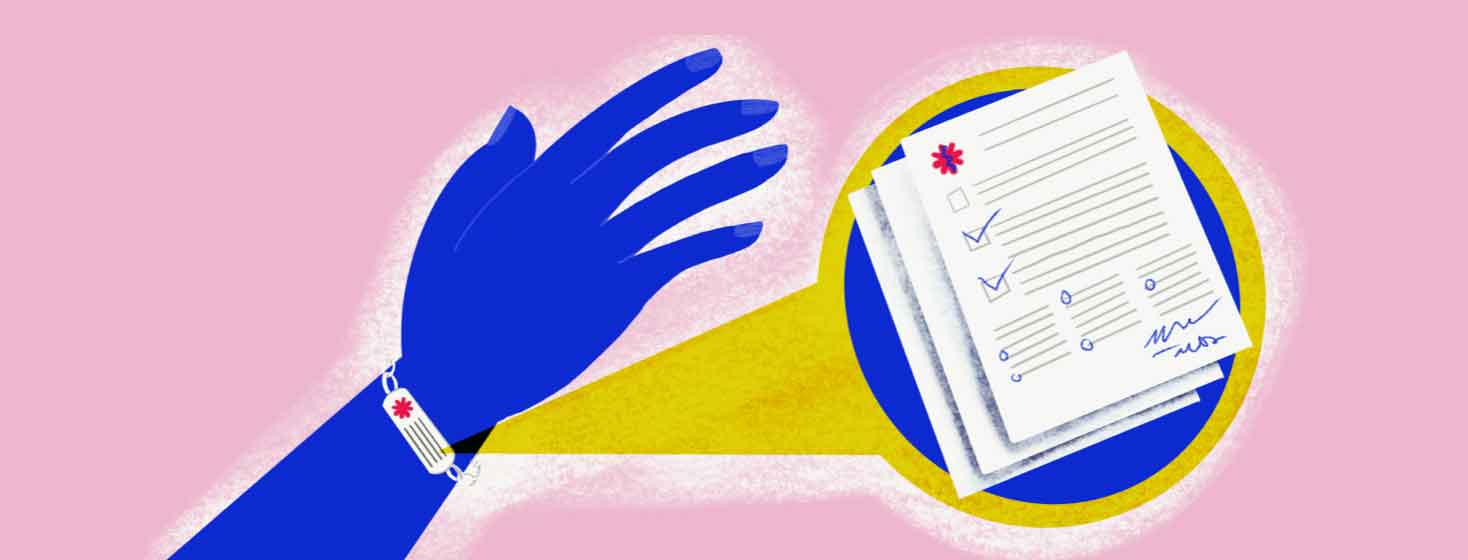Surviving an Accident With Heart Failure (Part 1)
Editor's note: This is part 1 of a series. Be sure to read part 2!
Months ago, as I headed downstairs to my kitchen, I slipped on the last two steps and fell hard. As I collected myself at the bottom, I was in unbearable pain, and I looked down to find my ankle completely deformed.
I had to call 911 as I was alone, my husband out of town on a work trip. I explained what happened they sent an ambulance. I got the question we all love "are you on any medications?" “Why yes, I am,” I responded as I explained my condition and meds and more meds.
Finally, they loaded me onto a gurney and into the ambulance, and I asked one medic to grab my purse and keys and feed my cat – I wasn't sure how long it would be before I came home.
Going to a different medical facility
In the ambulance, they asked where I wanted to go. I said the hospital downtown, but that was outside their jurisdiction. It never occurred to me that I wouldn't go to my regular hospital, and I'd be sent to one that didn't have any of my medical records.
I rethought my request to the medic – I should have asked him to grab my medical folder before he fed the cat. Priorities! At least the cat wouldn't kill me when I got home – she'd be well fed.
The ER
I couldn't have asked for a better ER crew to care for me. I calmly explained my situation and all of my ailments and medications. It took a while to go through it all – the heart attack, the ICD, the medicines, and finally, all the allergies.
The X-rays of my swollen and deformed ankle confirmed what we thought – I did break one side in a few places and severely dislocated the other side, which would require surgery.
They did do an EKG out of caution and added a chest X-ray. Unfortunately, my EKG shows some abnormal features stemming from my heart attack, which caused some concern.
However, even at 8 pm, I was able to sign a consent to secure my last EKG from the other hospital. They confirmed there were no new changes and all was good. I was then painfully put into a splint and sent home.
Being prepared
Now months out, I continue to think of ways always to be prepared, should something like this happen again. Researching online, I found several methods for records management.
There are medical id bracelets that will state the main issues. Some bracelets contain a USB dongle that stores your information. I have decided to keep an updated two-page document on my google drive and my email.
Should I find myself in another situation, I can reference this as my phone is usually with me. I also sent this to my patient friend/advocate if I need someone to communicate on my behalf.
Helpful information for my condition
Information that is helpful for my condition includes:
- Conditions – a quick synopsis in my health records that document my heart conditions – Information from MI and resulting echos and stress echos.
- Medications, supplements, and vitamins
- Implants – if you have stents and ICD – include the manufacturer and serial numbers
- Allergies – include medications or materials – for me, I have severe allergies to certain metals
- Contact information for your care team - cardiologist, PCP, and electrophysiologist. If you have your last interrogation report, that can come in handy.
- My ICE team. My husband and patient best friends' contact information. It may be best to list more than one person.
Pay attention
They always say, "what doesn't kill you makes you stronger." I guess that applies to me. I now have a fortified ankle, complete with some titanium and a new way to keep my medical records on me. And to those wondering - yes, the cat was okay. She was well fed and waiting for me when I got home.
Stay tuned for my article on surgery preparation!
My PSA – be mindful of stairs and pay attention!

Join the conversation